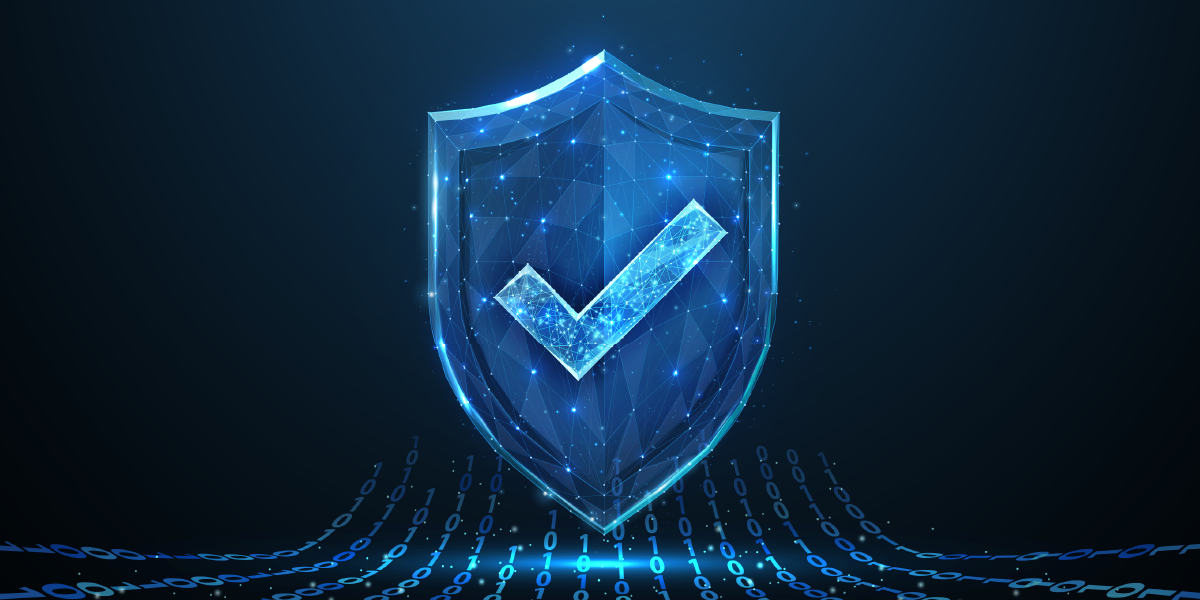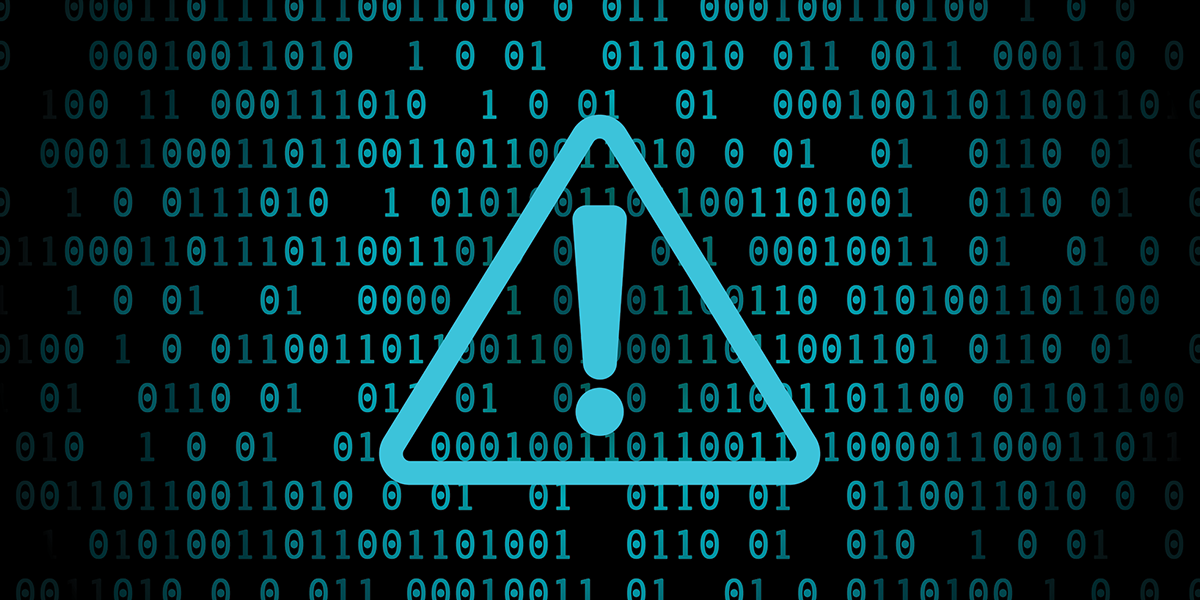Bank equipment, if we’re being honest with ourselves, is a pretty boring corner of the electronics world compared to, say, PCs and smartphones. Tech websites breathlessly await their chance to review the upcoming Samsung Galaxy, or to compare the specs of the newest Intel CPUs against the best AMD has to offer. Far fewer are chomping at the bit for a sneak preview of the latest scanner by Digital Check.
Nonetheless, you’ll always hear recommendations to periodically replace your teller hardware with newer models – in fact, our official advice for check scanners is to update them about every six years.
But what do you get out of it? If we’re talking phones and computers, the reason to update isn’t rocket science. Software is always changing, and eventually, you need a more powerful machine to keep up.
But why check scanners? They’re single-purpose machines, and that purpose hasn’t changed much in the past 20 years. Do you really “need” a new one?
“If It Ain’t Broke …”
To be fair, there are plenty of examples of machines like this functioning well past their intended lifespans. You may have read that even now in the 2020s, many Boeing 747s still receive navigation updates via floppy disk. For years, NASA famously went dumpster-diving for Intel 8086 processors from the early ‘80s to keep its space shuttle fleet flying. Closer to home, many banks experienced a headache a few years ago as the impending retirement of Windows 7 hit their ATM networks – many of which contained thousands of machines that originally ran Windows XP, and were too old to be updated any further.
So in one sense, you want to keep your equipment updated so you don’t end up in the same boat as NASA or Boeing. Scanners might not be as complicated as computers – but just like everything else, eventually certain parts are no longer available; electronic components become outdated and get difficult to make work on modern operating systems, and so on. Not long ago, we had to retire one of our oldest network scanners, the SmartSource Expert, because it depended on a version of Windows CE that Microsoft stopped selling, and it simply didn’t have the specs to run newer versions. (After a 16-year run, though, we feel we got our money’s worth).

(SmartSource Expert - retired)
For that matter, even when a device keeps the same model name, changes (and upgrades!) to the product still happen over time. One of our longest-running scanner models, the TellerScan TS240, launched in 2009 – but the TS240 that you bought in 2009 is not the same as the one you’d buy in 2022. Although the TS240 isn’t a “smart” device with its own internal processor, even non-smart electronics contain memory modules, programmable microchips called FPGAs, or Field Programmable Gate Arrays, and other chips that go in and out of production over time. The internal circuit boards of the TS240 and other models have changed a few times over the years to reflect that, and we’ve often taken that opportunity to update other components like motors, feed mechanisms, and image sensors.

(TellerScan TS240)
The Tech Keeps Getting Better
That brings us to the REAL reason why it’s good to keep your equipment up to date. It’s not just a ball of negativity and dire warnings – “If your device gets too old, you’ll be sorry.” Instead, there are quite a few improvements that take place over the course of 5 or 10 years, even if the name of the product stays the same.
With check scanners, raw speed is usually the spec that gets top billing, but “speeds and feeds” aren’t really where the big improvements happen these days. (Let’s face it: If your device already scans 150 or 200 documents per minute, one that scans 250 isn’t going to make much difference for most jobs.)
“Smart” Scanners
Instead of mere speed, most of the real enhancements come from quality-of-life upgrades in the other components – most notably in the area of onboard processing power. Notwithstanding the recent supply chain shortages, small CPUs have become so inexpensive and widely available over the past decade that they’re in nearly everything, and scanners are no exception. You’ll find mini-computers embedded inside everything from your doorbell to your thermostat to your refrigerator, a practice so commonplace that hardly anyone even raises an eyebrow at it anymore.
The processors inside our “smart” models help you control them with all sorts of devices, by loading the critical functions onboard the scanner itself, rather than the workstation to which it’s attached. This is a big deal when you’re trying to control a scanner with a Mac or over a virtual desktop environment, for example. It's become so ubiquitous that the option is now offered on nearly all of our new models.
Feed Rollers
The components that do the everyday tasks in our devices are undergoing continuous improvement as well. For instance, the feed rollers on a scanner from 10 years ago might have needed cleaning after every 2,500 or 3,000 items scanned. Those have since been replaced with rollers made of different materials that can double or triple that interval. For that matter, we’ve added an automated cleaning mode to most current models, and the cleaning cards themselves have improved during that time as well.
Image Resolution
For a long time, the standard image sensor resolution on a check scanner was 300 dpi; but in the past few years, that’s increased to 600 dpi, which is enough to reliably read 2D barcodes and security microprinting like those found on ID cards. We’ve added straight-through paths for scanning those cards. Double-feed prevention and detection systems have improved. Perhaps just as importantly, the software behind the equipment has changed. Image cleanup and enhanced recognition tools can now routinely take certain problem documents that would have caused an error in the past, and read them with upward of 99 percent confidence.
Just as with scanners, it’s certainly possible that with some regular maintenance and a little luck, your vintage-era refrigerator or coffee maker could last 20 or 30 years and still be going strong. When it does come time to replace them – for instance, if you’re shopping for a new refrigerator for the first time in decades – you’ll likely find what you’re buying now is a completely different product from what it’s replacing. In the case of a refrigerator, you might even be able to use a new “smart” one to read this article. It’s an important reminder that even with technology that’s seemingly straightforward or mundane, the state of the art is always changing, and keeping up with it pays off in more ways than one.Learn More About Digital Check’s Scanner Technology
As banking and payments have continued to evolve, Digital Check (the leading worldwide provider of check scanners and peripherals for the banking industry) has moved with them. Our TellerScan®, CheXpress®, and SmartSource® lines of scanners offer the most reliable performance with superior MICR and image quality. Our software delivers image enhancement and deposit-processing technologies that help bankers reduce costs and improve efficiency. Visit our website to learn more about our products and the technology behind them.






